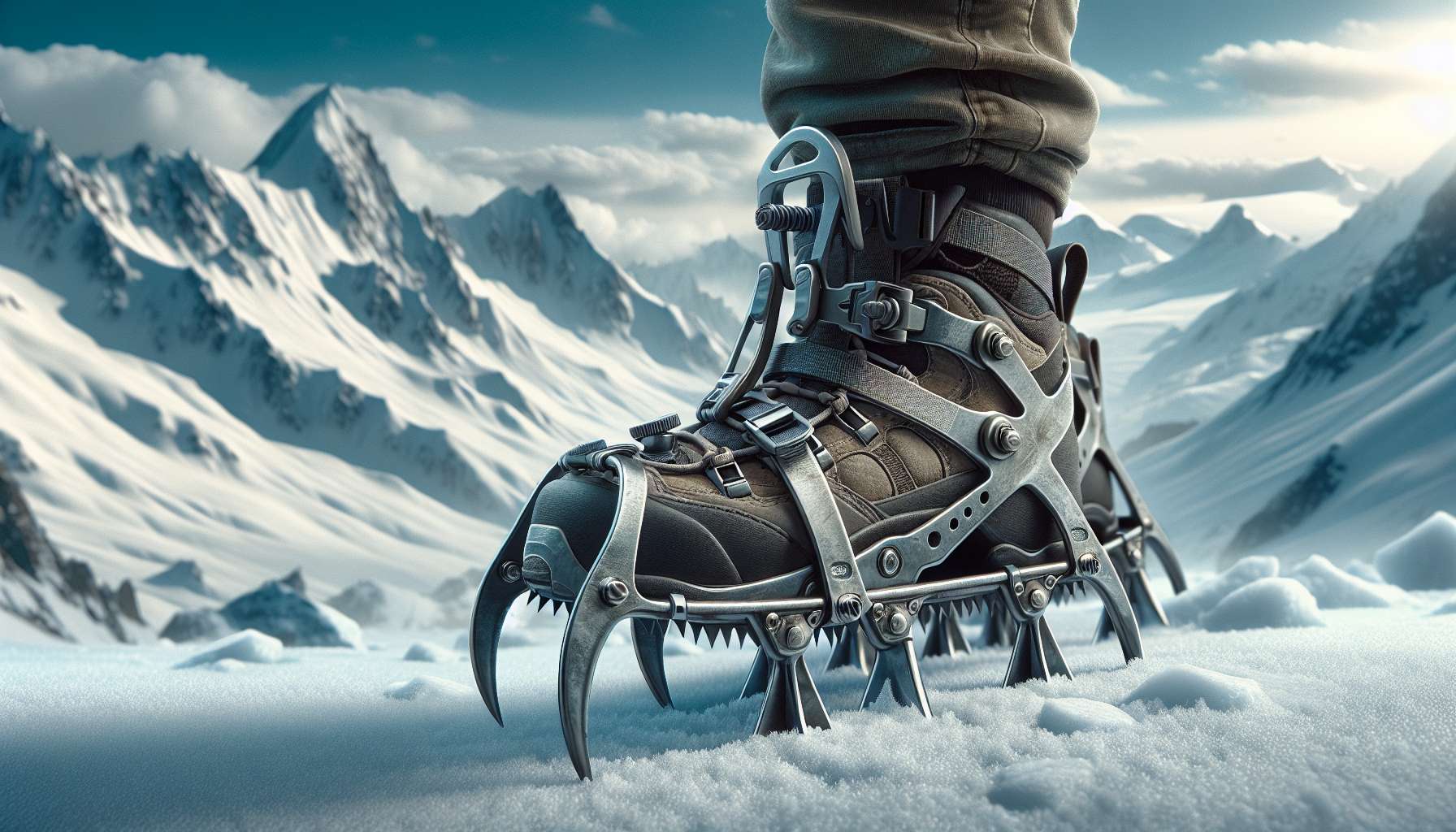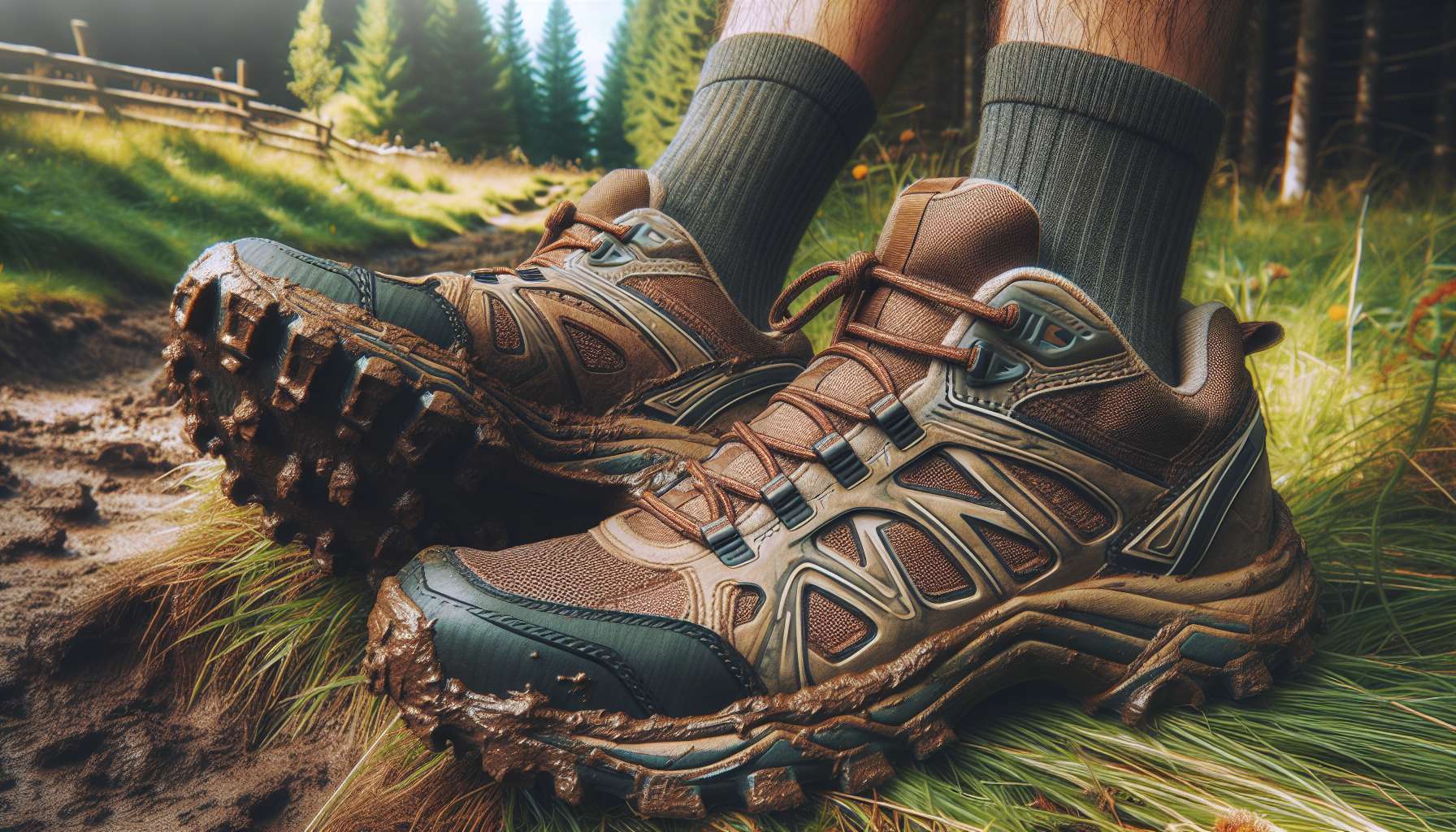The Comprehensive Guide to Crampons: Everything You Need to Know
When it comes to navigating treacherous terrain, whether it be icy glaciers or steep mountain slopes, having the right equipment can make all the difference between a successful adventure and a dangerous mishap. One such essential piece of gear that mountaineers, hikers, and ice climbers rely on is the trusty crampon. Crampons are metal spikes or cleats that attach to the soles of boots to provide traction on snow and ice. In this comprehensive guide, we will delve deep into the world of crampons, exploring their history, types, uses, and more. So, lace up your boots and get ready to embark on a journey to discover everything you need to know about crampons.
The History of Crampons
The use of crampons dates back centuries, with early versions made from animal bones or wood. However, the modern crampon as we know it today was developed in the 20th century with the invention of steel and aluminum. One of the pioneers in crampon design was the Italian mountaineer, Vitali Bramani, who introduced the first 10-point crampon in the 1930s. Since then, crampon technology has evolved significantly, with various companies producing specialized models for different types of terrain and activities.
Today, crampons are an indispensable tool for climbers and hikers tackling icy terrain, providing the necessary grip and stability to navigate challenging conditions. Whether you’re scaling a frozen waterfall or traversing a glacier, having the right pair of crampons can mean the difference between a successful ascent and a dangerous slip.
The Anatomy of a Crampon
Before we dive into the different types of crampons available, let’s take a closer look at the anatomy of this essential piece of gear. A typical crampon consists of several key components, including:
- Spike: The spikes, also known as points or teeth, are the metal protrusions that dig into the ice or snow to provide traction.
- Front Points: These are the forward-facing spikes located at the front of the crampon, which are crucial for maintaining stability while climbing steep ice or mixed terrain.
- Heel Bail: The heel bail is the curved metal piece that wraps around the heel of the boot to secure the crampon in place.
- Toe Bail: The toe bail is the metal loop that attaches to the front of the boot, providing additional stability and support.
- Binding: The binding is the mechanism that secures the crampon to the boot, typically consisting of straps or a lever system.
Understanding the different parts of a crampon is essential for choosing the right model for your specific needs and preferences. Now that we have a basic understanding of crampon anatomy, let’s explore the various types of crampons available on the market.
Types of Crampons
There are several types of crampons designed for different activities and terrains, each with its own unique features and benefits. Some of the most common types of crampons include:
1. Strap-On Crampons
Strap-on crampons are versatile and easy to use, making them ideal for beginners and general mountaineering. These crampons feature adjustable straps that secure the crampon to the boot, providing a snug and secure fit. Strap-on crampons are suitable for a wide range of activities, from glacier hiking to alpine climbing.
2. Step-In Crampons
Step-in crampons are designed for more technical climbing and ice climbing, featuring a toe bail and heel lever system for a secure attachment to the boot. These crampons offer enhanced stability and precision on steep ice and mixed terrain, making them popular among experienced climbers and mountaineers.
3. Hybrid Crampons
Hybrid crampons combine the best features of strap-on and step-in crampons, providing a balance of ease of use and technical performance. These crampons are versatile and suitable for a variety of activities, from snowshoeing to moderate ice climbing.
4. Automatic Crampons
Automatic crampons are designed for use with rigid mountaineering boots, featuring a toe bail and heel lever system that automatically locks into place. These crampons are preferred for technical ice climbing and mixed terrain where precision and security are paramount.
Choosing the right type of crampon depends on the specific activity and terrain you will be encountering. It’s essential to consider factors such as the steepness of the terrain, the type of boots you will be wearing, and your level of experience when selecting a crampon.
Uses of Crampons
Crampons are versatile tools that can be used in a wide range of outdoor activities, including:
1. Mountaineering
Mountaineers rely on crampons to navigate steep and icy terrain, providing the necessary traction and stability to ascend challenging peaks. Crampons are essential for safely crossing glaciers, climbing frozen waterfalls, and traversing technical ice routes.
2. Ice Climbing
Ice climbers use crampons to scale frozen waterfalls and steep ice walls, using the front points and spikes to grip the ice securely. Crampons are crucial for maintaining balance and control while climbing vertical ice formations.
3. Snowshoeing
Snowshoers often use crampons to enhance traction on packed snow and icy trails, especially when traversing steep inclines or slippery terrain. Crampons can improve stability and prevent slips and falls while snowshoeing in challenging conditions.
Whether you’re a seasoned mountaineer or a casual hiker, having a reliable pair of crampons in your gear arsenal can enhance your safety and performance in icy and snowy environments.
Expert Opinions
To gain further insight into the world of crampons, we reached out to renowned mountaineer and gear expert, Alex Honnold, for his thoughts on the importance of choosing the right crampons for your adventures.
“Having the right pair of crampons can make all the difference when tackling technical terrain. Whether you’re climbing a frozen waterfall or navigating a glacier, having reliable traction and stability is crucial for a safe and successful ascent. I always recommend investing in high-quality crampons that are suited to your specific activity and skill level.”
Alex Honnold’s advice highlights the significance of selecting the proper crampons for your outdoor pursuits, emphasizing the importance of safety, quality, and performance.
Common Misconceptions
Despite their importance in outdoor activities, crampons are often misunderstood or misused by inexperienced climbers and hikers. Some common misconceptions about crampons include:
1. Crampons are only for experienced climbers.
While crampons are essential for technical climbing and mountaineering, there are beginner-friendly models designed for general outdoor use. It’s crucial to choose the right type of crampon based on your skill level and the terrain you will be encountering.
2. Crampons are only for icy terrain.
While crampons are primarily used on ice and snow, they can also provide traction on rocky terrain and loose scree. Understanding the limitations and capabilities of crampons is essential for using them effectively in various conditions.
By dispelling these misconceptions and educating yourself on the proper use and selection of crampons, you can enhance your outdoor experiences and stay safe in challenging environments.
Conclusion
To wrap things up, crampons are indispensable tools for navigating icy and snowy terrain, providing the traction and stability needed for safe and successful outdoor adventures. By understanding the history, anatomy, types, and uses of crampons, you can make informed decisions when selecting the right pair for your specific needs.
Whether you’re scaling a frozen waterfall, crossing a glacier, or snowshoeing through a winter wonderland, having the right crampons in your gear arsenal can make all the difference in your outdoor pursuits. So, lace up your boots, strap on your crampons, and embark on your next cold-weather adventure with confidence and security.




